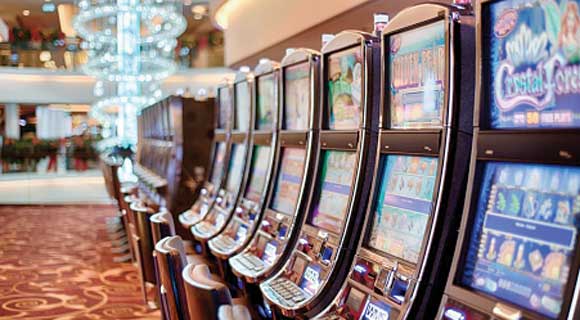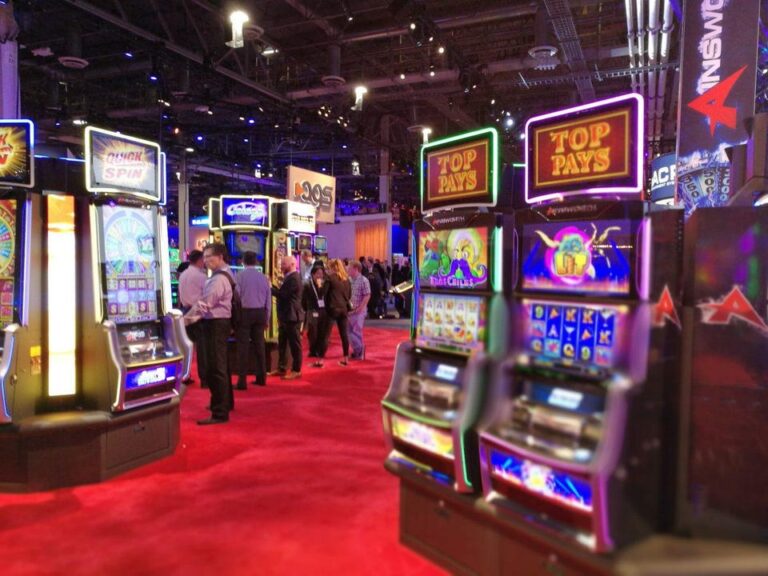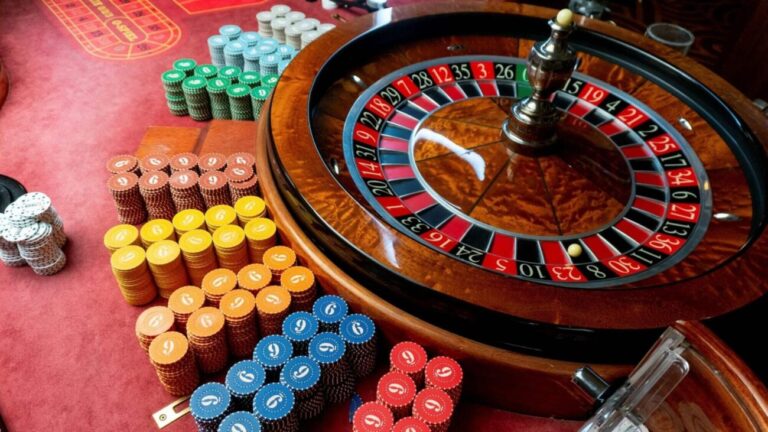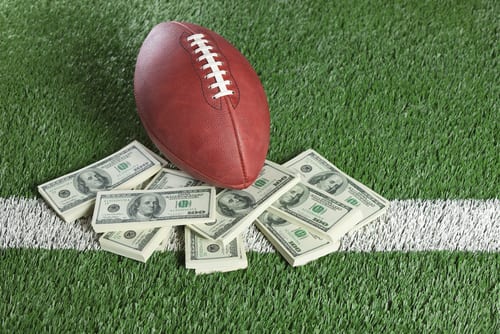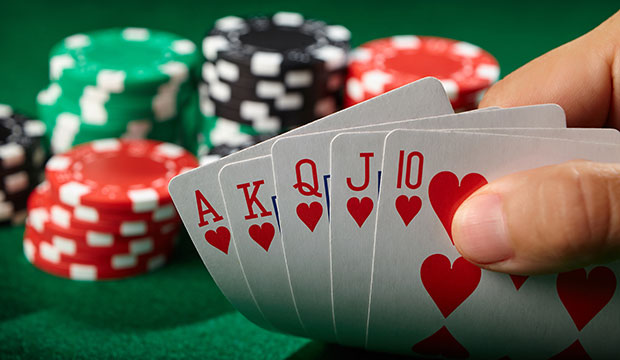Slot machines are the most popular game. If you have never been to a casino and don’t know what a video slot is, it’s simply a computerised device with anywhere from three to six reels that have a variety of symbols on them, and the player wins if they line up additional symbols of the same shape in a designated row called a “pay line”. Slot machines are mechanically operated device with three reels and one pay line right across the centre. However, with the development of high-speed computers in recent years, they have grown considerably more sophisticated. Try สล็อตมาแรง

- Slot machines today contain up to 100 pay lines and a variety of additional features to keep players interested and delighted. Slot machine themes range from references to popular culture like television shows and movies to games that are just photos of beautiful puppies, so no matter what your interests are, you will be able to discover something that appeals to you.
- In the most basic sense, if you look beyond all the bells and whistles and fancy features, a slot machine is essentially a computer that is designed to pay out less money than it takes in. All current slot machines are powered by a computer chip known as a Random Number Generator, or “RNG.” You can try
- This RNG just cycles numbers indefinitely until a player presses the spin button, at which point it pauses on a number and instructs the screen to display the graphics for each reel according to the number generated by the random number generator. The RNG controls the overall payout of the machine, and each casino operator may pick from a range of payout percentages based on how they wish to run their casino, however usually casinos prefer larger payback percentages for higher value machines
- You might be thinking that since casinos can regulate the payout of the machines, how can they be truly random? We will give you an example to demonstrate: Assume you had a container full of balls numbered 1 through 100, and just ten of them will render you a loser. That indicates you have got a 90% chances of winning and a 10% chances of losing. If you put the ball back in and mix things all up after picking a number, even if you have a 90% probability of winning, the outcome is still random as to whether you choose a winner or a loser, but you still know your numerical chances.


